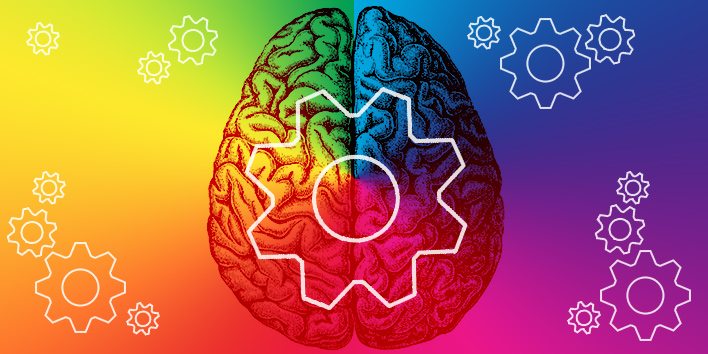The ocean is a vast and mysterious place, home to an incredible diversity of life. From the tiniest plankton to the largest whales, the ocean is full of creatures that are both fascinating and surprising. In this article, we will explore some of the most surprising facts about the sea creatures that inhabit our planet’s oceans. From their unique behaviors and adaptations to their incredible abilities, these creatures are truly a wonder of the natural world. Whether you are a marine biology enthusiast or just someone who loves the ocean, there is something for everyone to learn about the incredible animals that call the sea their home.
- Some sea turtles can hold their breath for up to seven hours while they sleep.
- The giant squid is the largest invertebrate on Earth and can grow up to 43 feet long.
- The blue whale is the largest animal on Earth, and its heart is the size of a small car.
- The stonefish is one of the most venomous fish in the world, with toxic spines on its back that can cause severe pain and swelling in humans.
- The mantis shrimp has the most complex eyes in the animal kingdom, with up to 16 different types of photoreceptors.
- The anglerfish uses a glowing appendage on its head to lure prey in the deep sea.
- The octopus is highly intelligent and can learn through observation and experience.
- The chambered nautilus has a unique, spiral-shaped shell used for buoyancy control.

Image src – Google Image - The giant clam can grow up to four feet long and can weigh up to 500 pounds.
- The Portuguese man-of-war is a highly venomous jellyfish that can reach up to 30 feet in length.
- The hammerhead shark has an unusually wide head that helps it locate prey using its enhanced sensory capabilities.
- The cuttlefish has the ability to change the color and pattern of its skin to blend in with its surroundings.
- The sea cucumber can regenerate its own body parts if they are damaged or lost.
- The coelacanth is a type of fish that was thought to be extinct for millions of years, but was rediscovered in 1938.
- The clownfish (made famous by the movie “Finding Nemo”) can change its gender if necessary to maintain a balanced population.
- The moray eel has a second set of jaws in its throat that it uses to pull prey into its digestive system.
- The nautilus is a type of mollusk that has a gas-filled chamber in its shell that allows it to float.
- The sea otter has the densest fur of any mammal, with up to one million hairs per square inch.
- The starfish can regenerate lost arms and regrow a new body from just a single arm.
- The manta ray is the largest species of ray, with wingspans that can reach up to 23 feet.
- The sea anemone is a type of coral that is actually a predatory animal and can capture and eat small fish.
- The box jellyfish has tentacles that can reach up to 50 feet in length and contain toxins that can cause death within just a few minutes of contact.
- Mantis shrimp are known for their ability to deliver punches that are 50 times faster than the blink of an eye and have a force that is 100 times their weight. This makes them one of the most powerful pound-for-pound punch providers in the animal kingdom.

Img src – Google Image - The seagull is a type of bird that is often found near the coast and is known for its distinctive calls.
- The giant clam is one of the largest living mollusks and can weigh up to 500 pounds.
- The lion’s mane jellyfish is the largest jellyfish in the world and can have tentacles that reach up to 120 feet in length.
- The dolphin is a highly intelligent and social marine mammal that is known for its playful nature.
- The pufferfish is a type of fish that can inflate its body to make itself look larger and more intimidating to predators.
- The sea cucumber is a type of invertebrate that can release a sticky, slime-like substance when threatened.
- The squid is a fast-swimming cephalopod that can change the color and pattern of its skin to blend in with its surroundings.
- The humpback whale is a baleen whale known for its distinctive songs and acrobatic displays.
- The sea snake is a venomous reptile that is adapted for life in the ocean and can be found in tropical waters around the world.
- The coral is a type of marine invertebrate that forms large, colorful colonies in the ocean.
- Seagrass is a type of flowering plant that grows in shallow, coastal waters and provides a habitat for various marine animals.
- The sea lion is a type of pinniped found in coastal waters around the world and is known for its playful behavior.
- The sea star, also known as a starfish, is a type of invertebrate that can regenerate lost arms and even regrow a new body from just a single arm.
- The sea turtle is a large marine reptile that is adapted for life in the ocean and can be found in tropical and subtropical waters around the world.
- The sea sponge is a type of filter-feeding animal found in oceans worldwide and is known for its soft, spongy texture.

Img src – Goolge Image - The sea urchin is a small, spiny invertebrate that feeds on algae and is found in oceans worldwide.
- The sea horse is a type of fish that is known for its distinctive shape and the fact that the male carries the eggs and gives birth to the offspring.
Tags: About Sea Creatures, Interesting Facts About the Sea Creatures





























